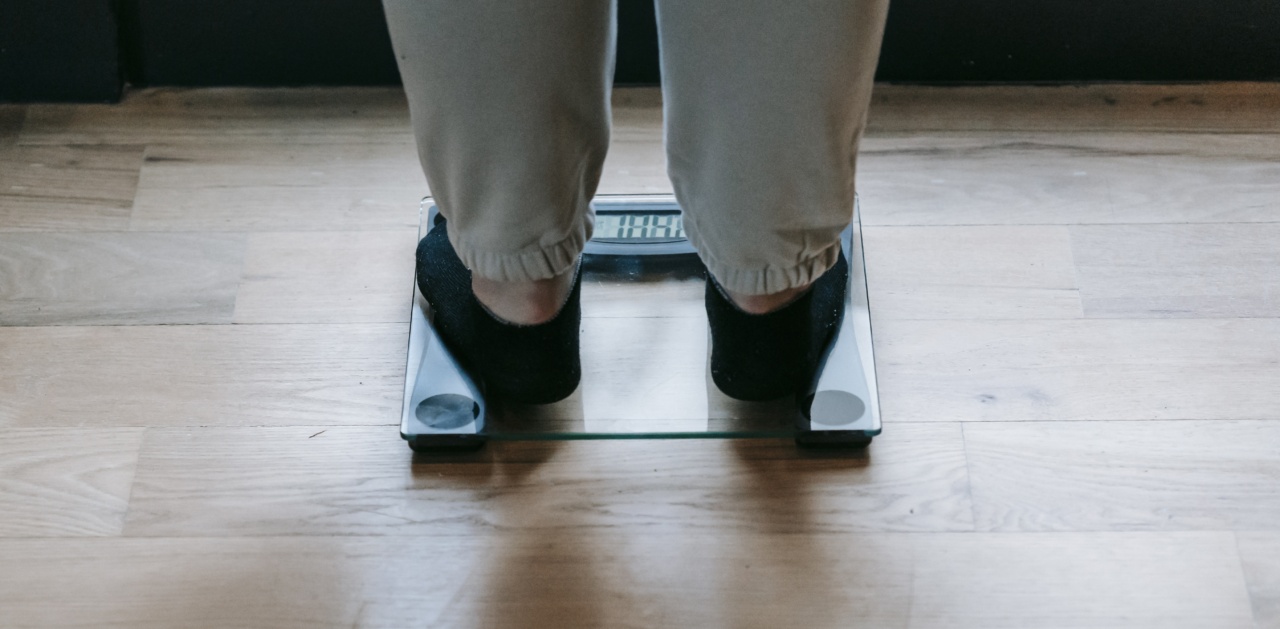Excess body weight has always been linked to a number of health problems such as hypertension, diabetes, and heart disease. However, you may be surprised to learn that carrying excess pounds can also have a negative impact on your spinal discs.
Yes, you read that right. Your weight could be contributing to potential disc problems that could cause severe pain and discomfort. In this article, we will explore how exactly excess pounds affect the spine and discuss what you can do to prevent or alleviate these issues.
What are spinal discs?
Before we delve into the connection between excess weight and disc problems, let’s briefly discuss what spinal discs are. Spinal discs are the jelly-like cushions that sit between each vertebra in the spine.
They act as shock absorbers and provide support to the spine. These discs have a soft, gel-like center called the nucleus pulposus, surrounded by a tougher outer layer known as the annulus fibrosus.
The impact of excessive weight on your spine
When you carry excess weight, it puts added pressure and stress on the spinal discs. The discs have to work harder to maintain their shape and function.
Over time, this added pressure can cause the discs to deteriorate, weaken and become more prone to degenerative disc disease, herniated discs, spinal stenosis, and other disc-related issues. This ultimately leads to pain and discomfort that can be debilitating and life-altering.
The connection between excess weight and spinal disc problems
The link between excess weight and spinal disc problems is quite straightforward. As we mentioned earlier, excess weight puts additional pressure on the spine, which leads to a greater risk for disc problems. Here’s a breakdown of how it works:.
- Increased compression: When you’re overweight, your spine is under constant stress, which over time will cause the discs to compress and lose their shape.
- Reduced blood flow: Excessive weight can restrict blood flow to the discs, reducing their ability to repair and regenerate themselves.
- Poor posture: Carrying excess weight can lead to poor posture, which affects the alignment of the spine and places added stress on the discs.
Preventing or managing spinal disc problems through weight management
While losing weight may seem like a daunting task, it is essential to reduce the risks of spinal disc problems. Here are a few ways to manage your weight:.
- Eat a well-balanced diet: This is perhaps the most crucial factor in losing weight. A well-balanced diet that comprises fruits, veggies, lean protein, and healthy fats is key to shedding excess pounds.
- Exercise regularly: Engaging in physical activities such as walking, running, and strength training can aid in reducing body weight and keeping the spine healthy.
- Practice good posture: Maintain proper posture as much as possible to avoid compromising the alignment of your spine.
Treatment options for spinal disc problems
If you’re experiencing pain or discomfort due to spinal disc problems, discuss your symptoms with your doctor immediately. They may recommend the following treatment options:.
- Physical therapy: This aids in strengthening the muscles around the spine, improving mobility and flexibility.
- Chiropractic care: With this treatment approach, a chiropractor will adjust the spine to alleviate pain and improve mobility.
- Surgery: In severe cases, surgery may be needed to treat spinal disc problems.
Conclusion
Excess weight can contribute significantly to spinal disc problems, leading to significant pain and discomfort. Maintaining a healthy diet and exercise routine, along with good posture, can aid in reducing the risk of disc-related problems.
If you are already experiencing these issues, early detection, and treatment can help manage symptoms and reverse their effects.





























